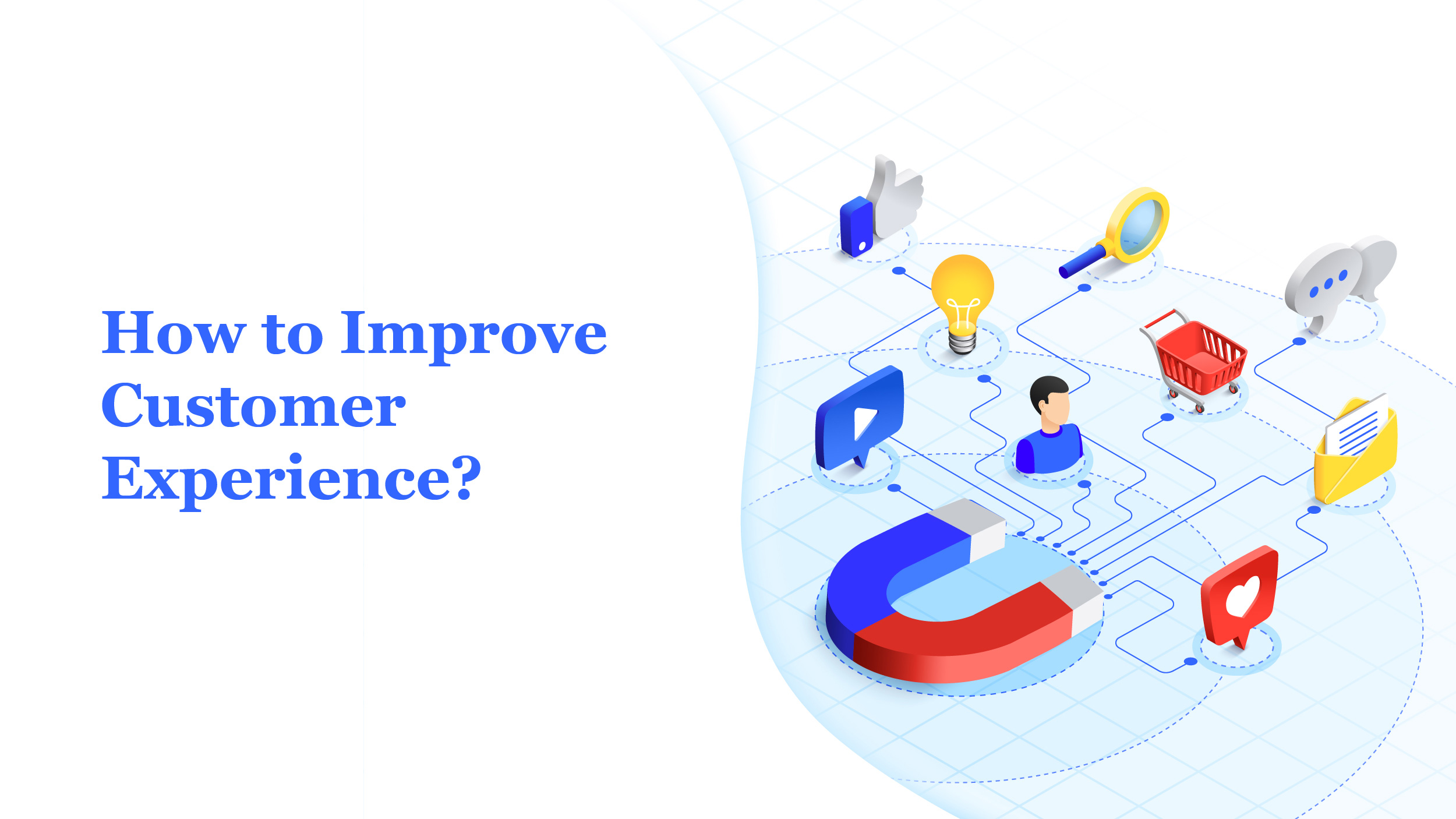Consider the last time you required a particular product, such as paper towels. Did the lowest price play a role in where you chose to purchase them? Or which location offered the most absorbent goods? Or whose personnel was the friendliest at the store?
Customers care about the entire experience, thus there is no one magic formula for gaining their favor. From shopping in-store to visiting the brand’s Facebook page, the seamlessness and stress-freeness of each interaction and touchpoint should be prioritized.
Customer experience management (CXM) can help with it. So let’s take a closer look at the digital customer experience, customer experience software, and how one can improve customer experience.
What is Customer Experience Management?
Customer experience management (CXM) or customer experience management (CEM) refers to a collection of tactics used by brands to monitor and enhance how consumers feel about them throughout the customer life cycle.
Controls are put in place by CXM to mold how customers view the brand as they move through their journey. Additionally, it puts the needs of the client first, giving their loyalty and satisfaction precedence over other organizational objectives. Utilizing insights from voice of the customer (VoC) data to optimize key touchpoints for greater customer interaction is one method to enhance your brand’s CXM.
How to Improve Customer Experience?

Let’s look at some strategies for developing a fantastic customer experience to help you boost sales, lower churn, and improve overall customer satisfaction.
1. Create a clear customer experience vision
The initial stride towards crafting a customer experience strategy is to possess a clear vision of the customer-centric future that you can communicate with your organization. Making a list of guiding principles-style statements is the quickest approach to describe this idea.
2. Understand who your customers are
Bring to life the various client types who interact with your customer support staff as the next step in advancing these customer experience standards. Your company must be able to relate to and empathize with the difficulties that your consumers encounter if it is to truly comprehend client needs and wishes.
3. Create an emotional connection with your customers
Are you familiar with the popular saying, “The way you say it matters more than what you say”?
The best customer experiences are attained when a team member establishes an emotional bond with an audience.
4. Capture customer feedback in real-time
How can you know whether you are giving customers a WOW experience?
You must inquire; ideally, you do this by getting responses right away. Sending a follow-up email to each client afterward can be accomplished using post-interaction surveys and other technologies related to customer experience. Use live chat tools to have dialogues in real-time.
5. Implement a Robust Framework to Build and Develop Your Team
By completing the processes above, you now have an understanding of how your consumers feel about the level of service you provide in relation to the customer experience standards you have established. Determine each individual customer support team member’s training requirements in the following stage.
6. Act upon regular employee feedback
Most businesses have an annual survey procedure where they gather information on your team’s overall feedback, their level of engagement, and their capacity to provide top-notch services.
What transpires in the eleven months between these survey periods, though?
Typically, nothing occurs. And this is where employing technologies that enable staff to share ideas on how to improve the customer experience and that allows management to understand how the workforce feels about the company can be useful.
7. Personalize the experience
Much of what can be done to enhance the consumer experience comes down to personalization.
Did you know that 40% of customers prefer to see advertisements that are tailored to their interests?
By customizing the experiences to your customers’ unique wants and tastes, you can significantly raise your customer satisfaction rates.
8. Create a seamless omnichannel experience
All of the many touchpoints and channels must provide a smooth experience for your customers. The majority of consumers—roughly 73%—prefer to shop across numerous channels. No matter what platform, channel, or device your consumers are using, you need to ensure that they can constantly connect with and engage with your business.
What Counts as Customer Service Experience?

Even while there are many actions that count as customer service experiences, not all of them are immediately apparent. Find them out then!
● Solving Issues or Complaints
Soft skills, sensitivity, and sometimes a lot of patience are necessary for problem-solving. Customers are, however, impatient and unsatisfied no matter how patient you are. Although dealing with an irate customer may seem difficult, it is actually manageable! People that interact with consumers need to solve the problem as soon as feasible and provide an incentive beyond the initial discussion of the issue.
● Delivering Post-purchase Support
After purchasing a good or service, there are many different things that can be considered satisfactory support. For instance, providing post-purchase help can entail addressing inquiries on a shipment or outlining the procedure for returning items.
Some consumers might see friendliness and helpfulness as the most important aspects of good customer service, while others would place more importance on receiving prompt, accurate responses to their pre-purchase concerns.
The needs and expectations of the individual truly dictate this. The goal of strong post-purchase assistance should always be to address any difficulties or concerns as promptly and effectively as possible, which is something that is commonly acknowledged.
● Directing Customers in Their Journey
The ability to guide customers before, during, and after a purchase is a crucial component of customer service skills. Although it does require some technological know-how, anyone can manage it.
Your customer support crew also needs soft skills to communicate effectively so that instructions are understood and clients can follow them.
● Embracing the Age of Self-Service
Customer support also includes using the FAQ or the help tab. Website users no longer have to wait for a customer support agent to respond to their inquiries thanks to self-service options. Consequently, by offering this priceless resource, firms can raise customer satisfaction and lower support expenses.
Additionally, excellent customer service is what sets apart good organizations from outstanding ones. On the other hand, poor customer service can result in lost sales and unfavorable word-of-mouth promotion.
Closing Remarks on Customer Experience Management
More so than ever, customers have higher expectations, and word of mouth spreads quickly! And when the customer gains even more power, the value of the customer experience rises.
How do you, however, know what to change and how to go about it? Businesses that seek to pinpoint user issues and enhance the customer experience can benefit from popular customer experience software such as Zendesk, IBM Tealeaf, and ResponseTek.
With more attention paid to customer service experience, businesses will see an improvement in customer loyalty, higher retention rates, and revenue growth. Customer experience is an area that requires continual nurturing and care.




